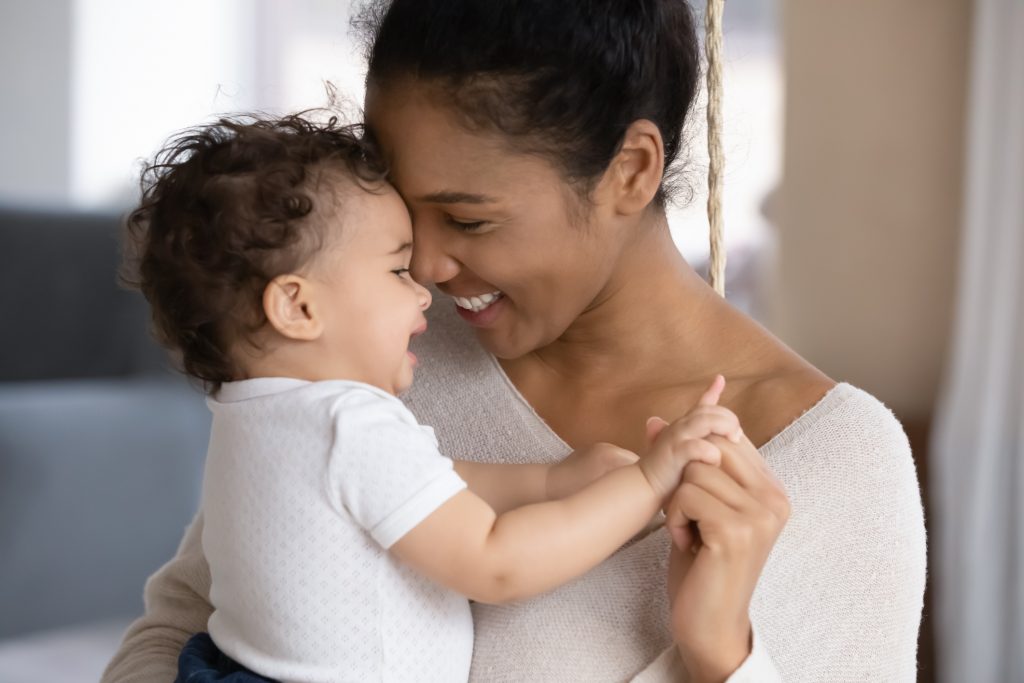
Babies pay more attention to baby talk than regular speech, regardless of which languages they’re used to hearing, according to a study led by Krista Byers-Heinlein, a psychology professor at Concordia University in Montreal, involving 17 labs in the U.S., Canada, Europe, Australia, and Singapore.
The study, published by Advances in Methods and Practices in Psychological Science, found bilingual babies became interested in baby talk at the same age as those learning one language and that babies who were exposed to two languages had a greater interest in infant-directed speech than speech aimed at adults, as do monolingual babies.
“Crucially for parents, we found that development of learning and attention is similar in infants, whether they’re learning one or two languages,” said Megha Sundara, a linguistics professor and director of UCLA’s Language Acquisition Lab. “And, of course, learning a language earlier helps you learn it better, so bilingualism is a win-win.”
Researchers observed 333 bilingual babies and 384 monolingual babies, ranging in age from six to nine months and 12 to 15 months, but only UCLA provided data on bilingual babies who grew up hearing both English and Spanish. Sundara and Victoria Mateu, a UCLA assistant professor of Spanish and Portuguese, observed babies who were 12 to 15 months old.
Each baby would sit on a parent’s lap while recordings of an English-speaking mother, using either infant-directed speech or adult-directed speech, played from speakers on the left or the right. Computer tracking measured how long each baby looked in the direction of each sound.
“The longer they looked, the stronger their preference,” Mateu said. “Babies tend to pay more attention to the exaggerated sounds of infant-directed speech.”
Infants’ interest in English baby talk was very fine-tuned, the study noted. Bilingual parents indicated the percent of time English was spoken at home compared to Spanish. The more English the bilingual babies had been exposed to, the stronger their preference for infant-directed speech compared to adult-directed speech. However, even babies with no exposure to English preferred the English baby talk to the grown-up talk, Mateu said.
Baby talk is found across most languages and cultures, but English has one of the most exaggerated forms, according to Sundara. “Baby talk has a slower rate of speech across all languages, with more variable pitch, and it’s more animated and happy,” she said. “It varies mainly in how exaggerated it is.”
The study’s global reach strengthened the results. “When you do language research, you want to know that the results aren’t just some quirk of the language you’re studying,” Sundara explained.
According to the study, six- to nine-month-old babies who had mothers with higher levels of education preferred baby talk more than babies whose mothers had less education.
“We suspect that perhaps the mothers with higher education levels spoke more to the babies and used infant-directed speech more often,” Mateu said.
This study is one of the first published by the ManyBabies Consortium, a multi-lab group of researchers. Byers-Heinlein believes the unusual international, multilingual collaboration creates a model for future studies that include a similar breadth of languages and cultures.
“We can really make progress in understanding bilingualism, and especially the variability of bilingualism, thanks to our access to all these different communities,” she said.
Byers-Heinlein, Krista, et al. “A Multi-lab Study of Bilingual Infants: Exploring the Preference for Infant-directed Speech.” PsyArXiv, 18 Feb. 2020. Web.







